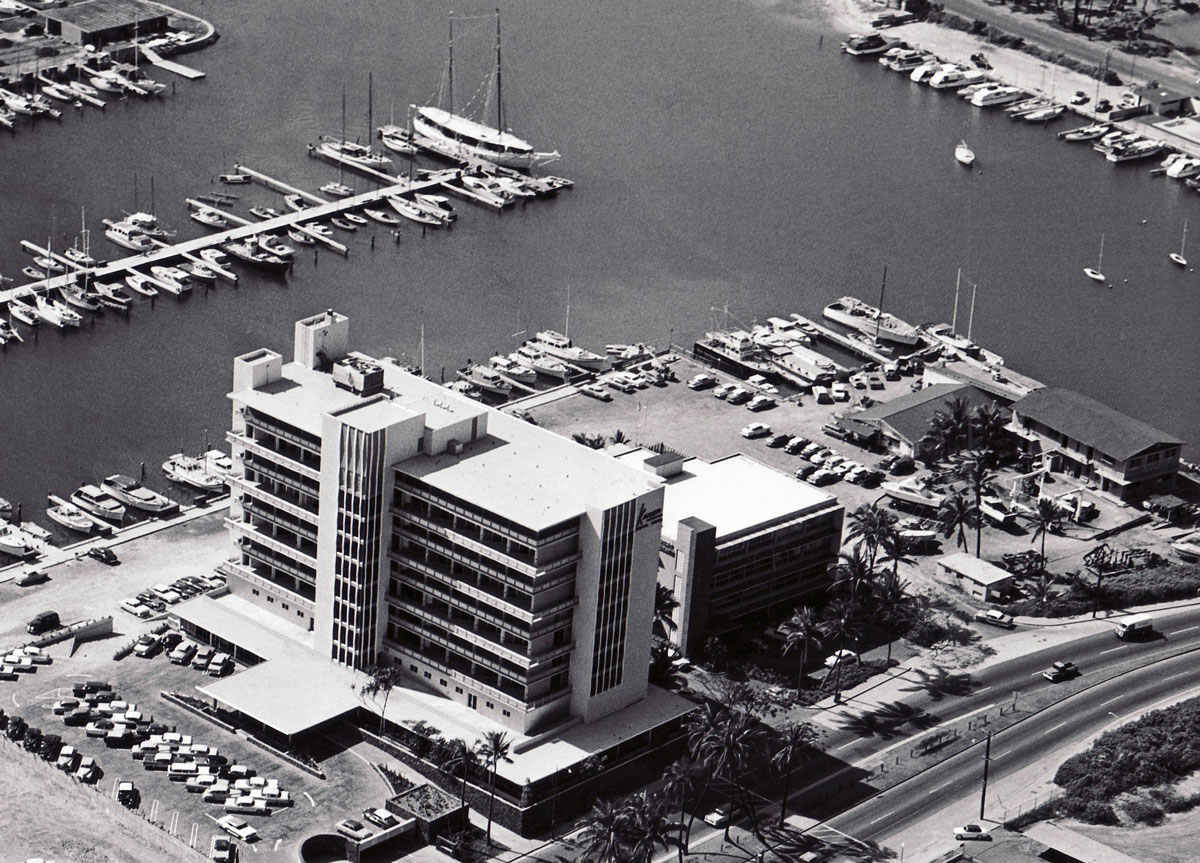
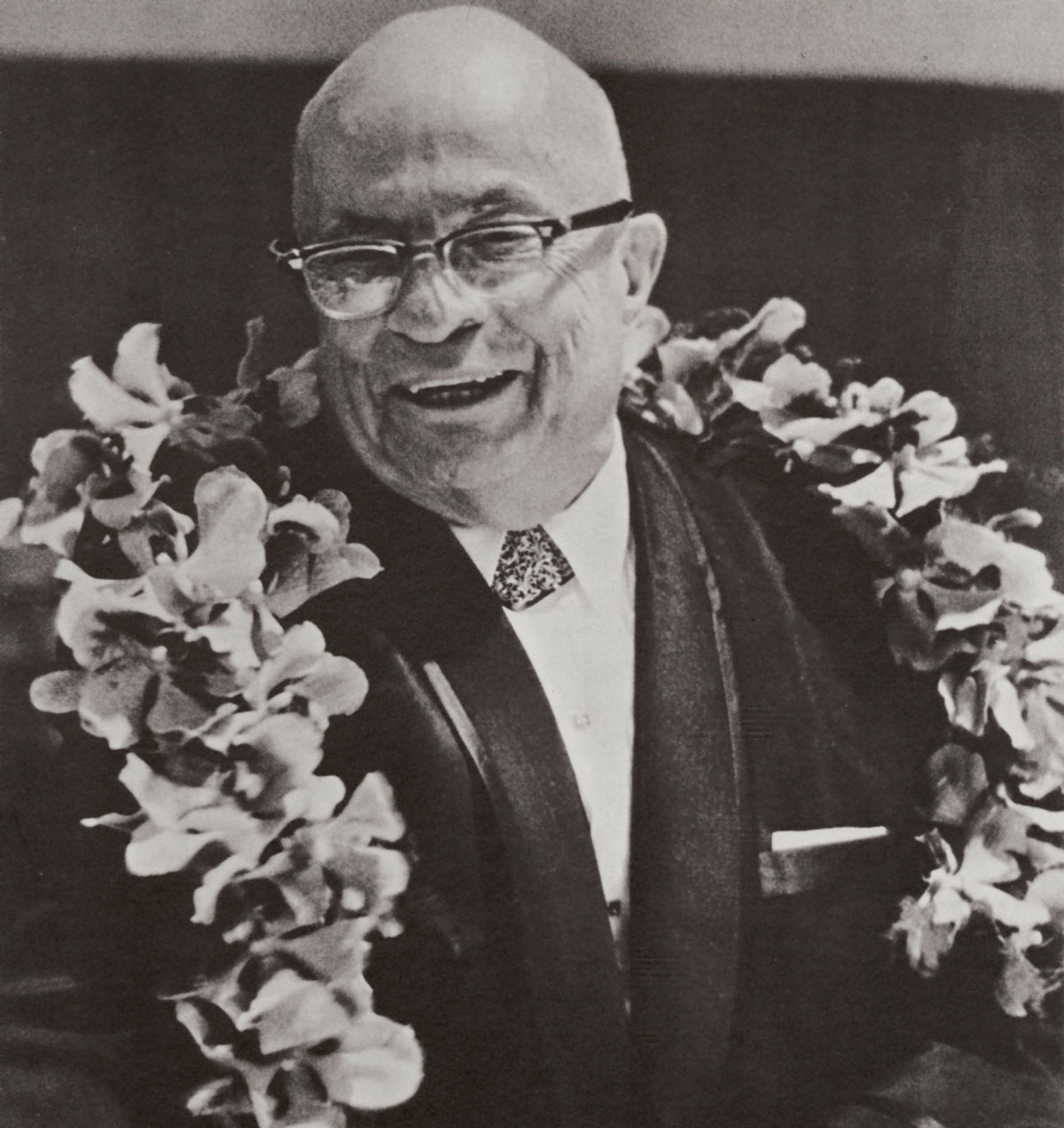
1942
Henry John Kaiser was a builder of many things – ships, cars, roads, natural gas pipelines, dams (including the famous Hoover Dam). His partnership with Dr. Sidney Garfield revolutionizes health care and launches Kaiser Permanente.
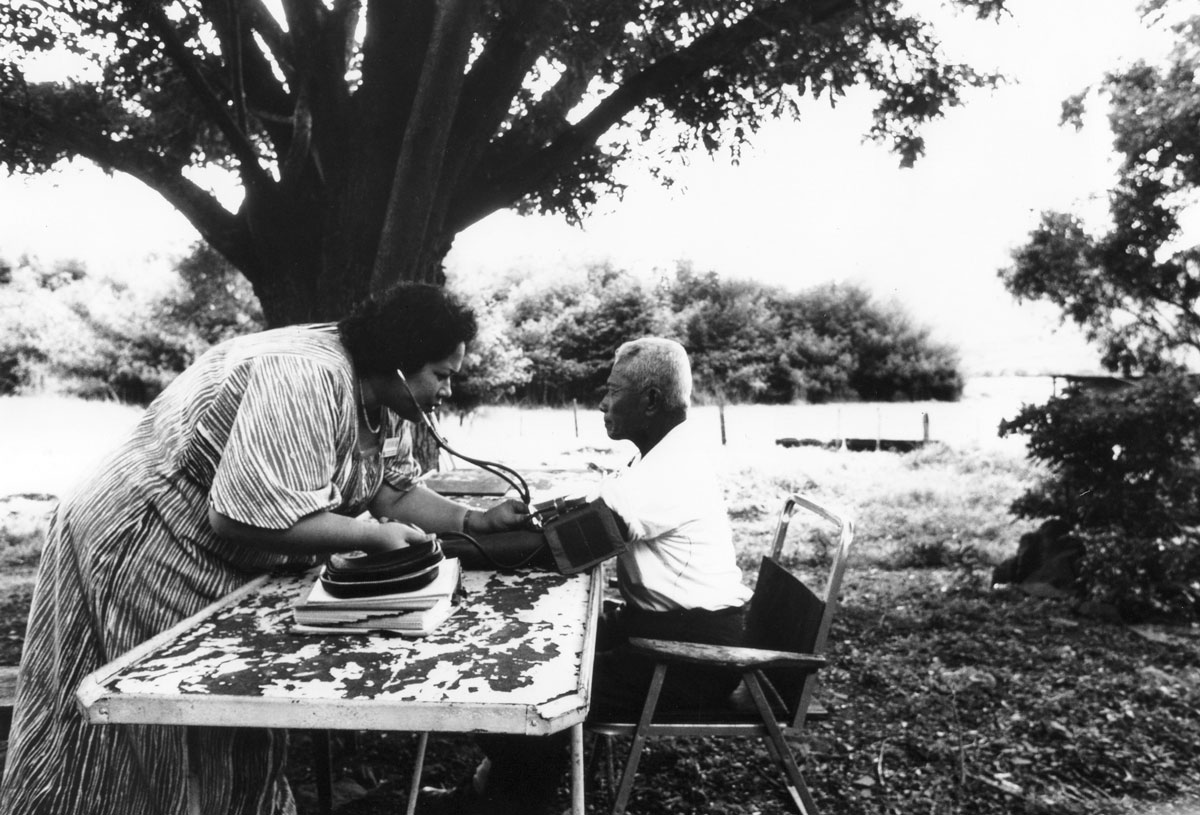
1971
Kaiser Permanente develops a program to reach rural populations on the North Shore of Oahu.
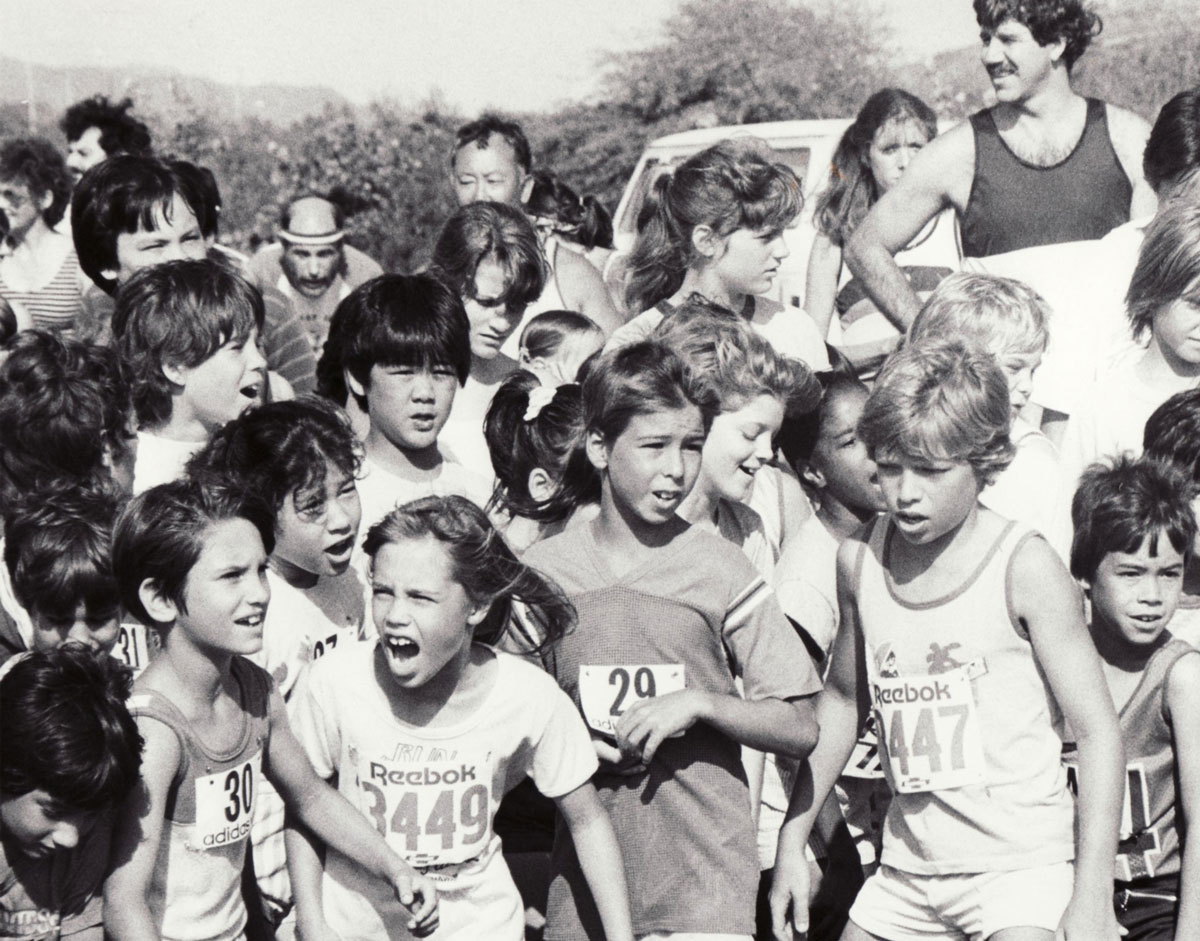
1982
Kaiser Permanente pioneers "lifestyle medicine" with the launch of health education programs in Hawaii schools.
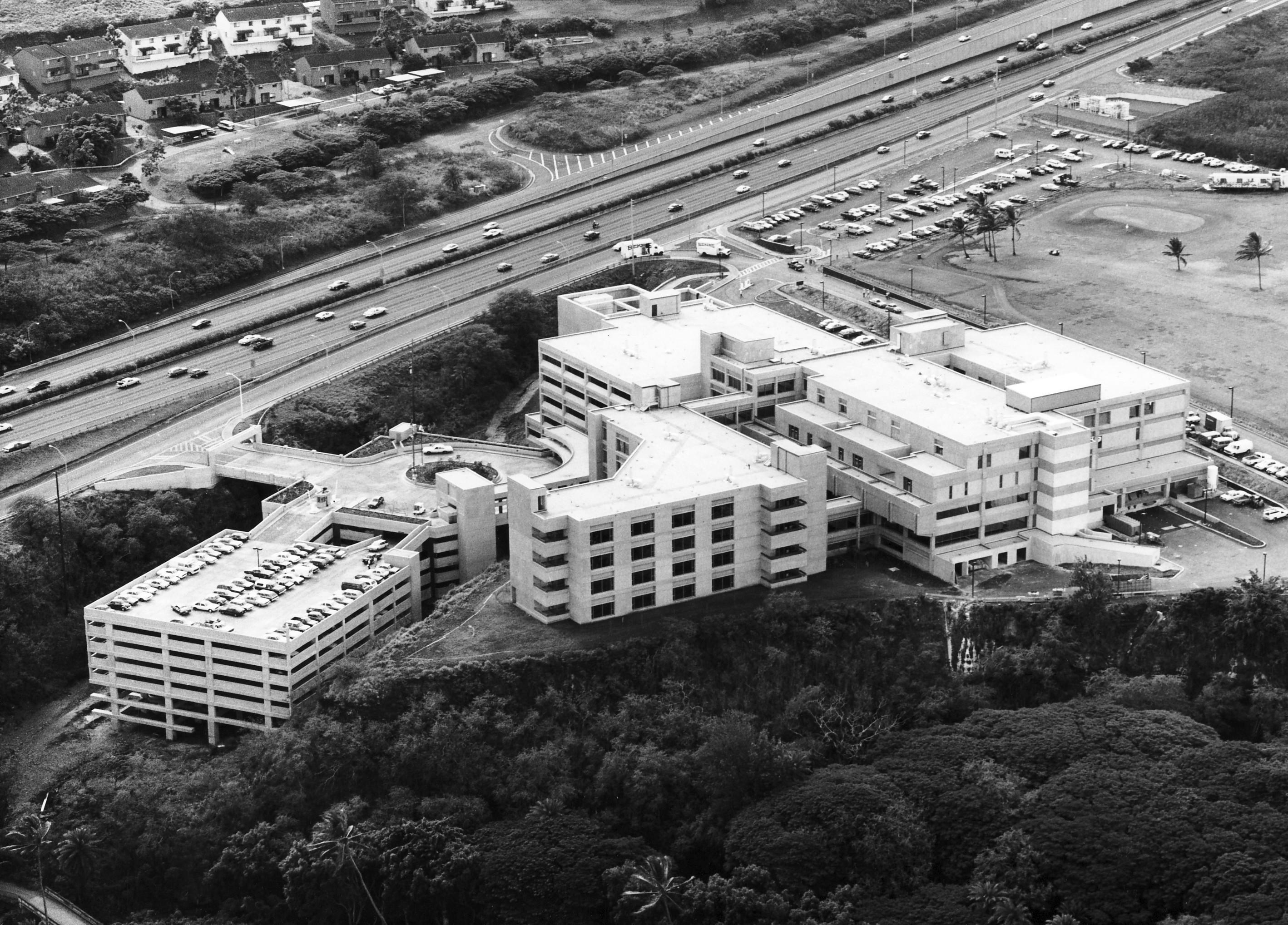
1985
Moanalua Medical Center opens in 1985 to meet the growing population of Hawaii members.
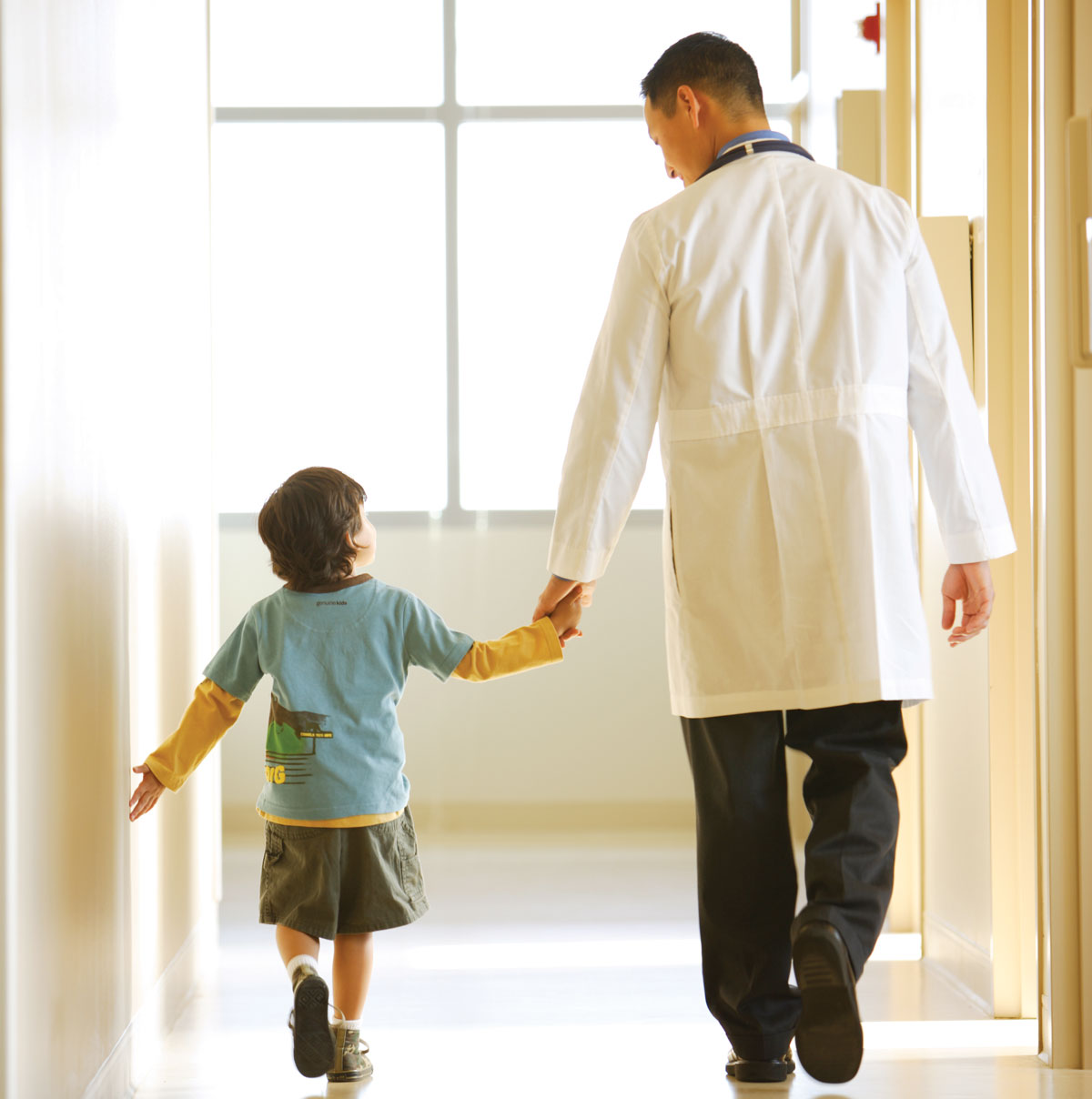
1995
Kaiser Permanente Hawaii becomes the first health plan in Hawaii to receive the National Committee on Quality Assurance (NCQA) accreditation.

1997
UNICEF and the World Health Organization designate Kaiser Permanente Moanalua Medical Center as the first Baby-Friendly Hospital in Hawaii in recognition of its breastfeeding advocacy and education.

2005
Kaiser Permanente Hawaii is first to implement Kaiser Permanente's electronic health records system. Today, with more than 12 million members, Kaiser Permanente has the largest private electronic health records system in the world.
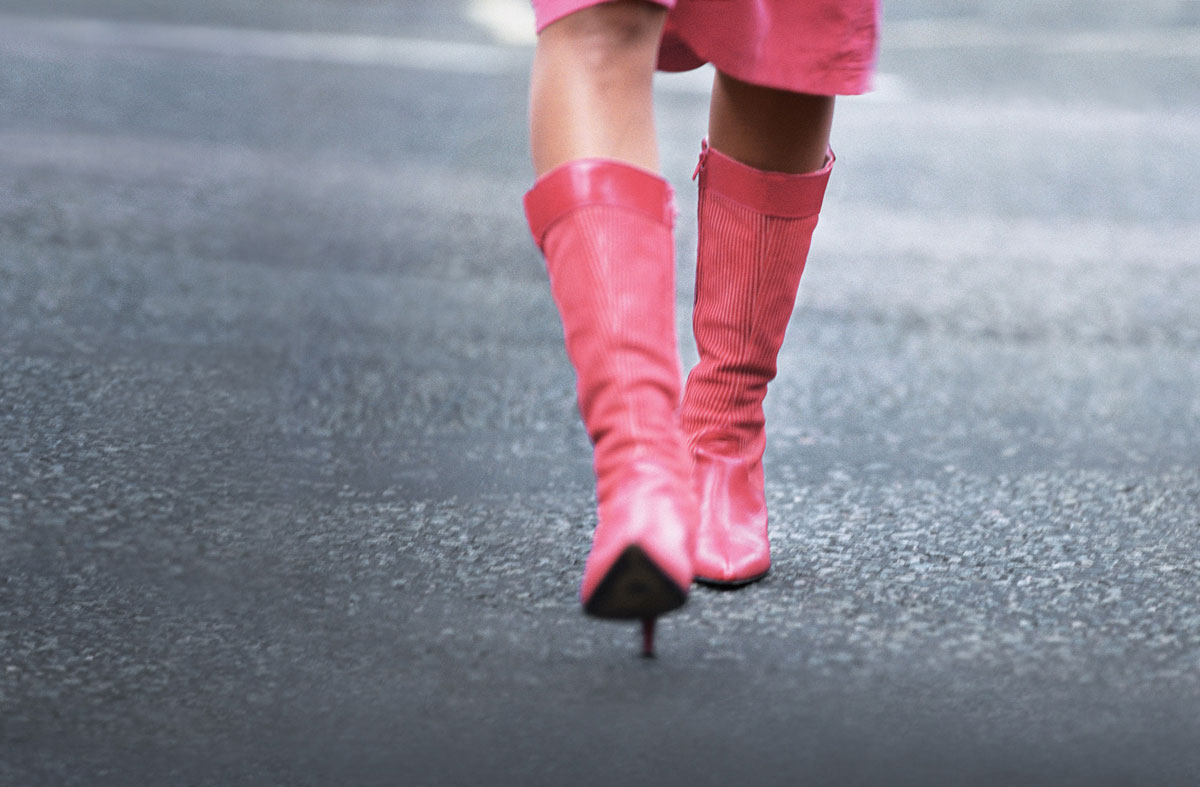
2009
Kaiser Permanente Hawaii has the highest breast cancer screening rate in the nation for women between 42 and 69 years of age.

2010
Kaiser Permanente funds and develops the first health needs assessment for the entire state of Hawaii. The findings guide a multifaceted approach toward dealing with health disparities in Hawaii.
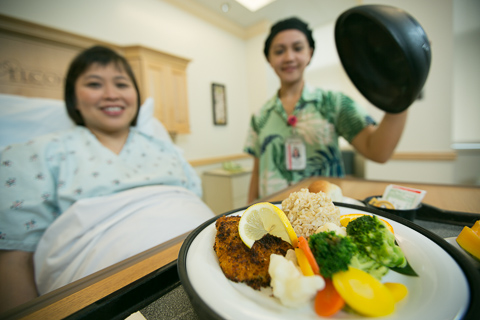
2012
Kaiser Permanente Moanalua Medical Center is the first hospital in Hawaii to offer room service to patients.

2014
Kaiser Permanente Hawaii launches its internal medicine residency program to develop more doctors and help address the primary care physician shortage in the islands.
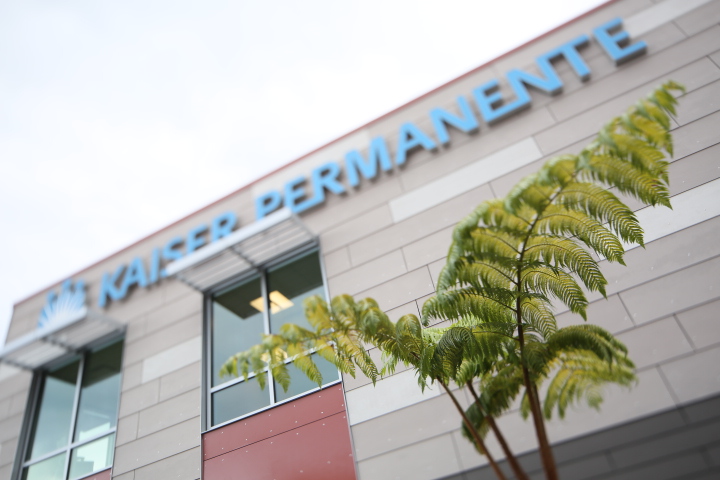
2014
The state-of-the-art, 40,000 square foot Kona Medical Office opens on Hawaii Island.
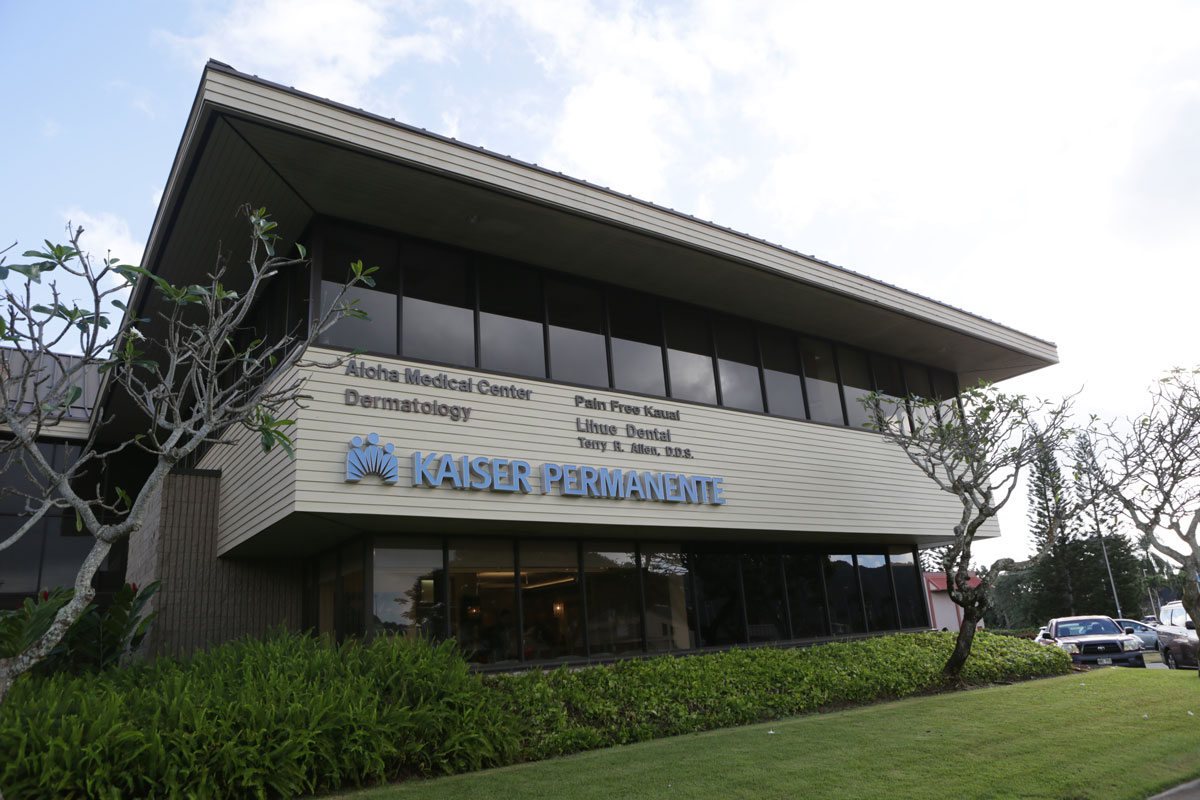
2016
Kaiser Permanente opens its first facility on Kauai, now serving more than 3,600 members on the island.
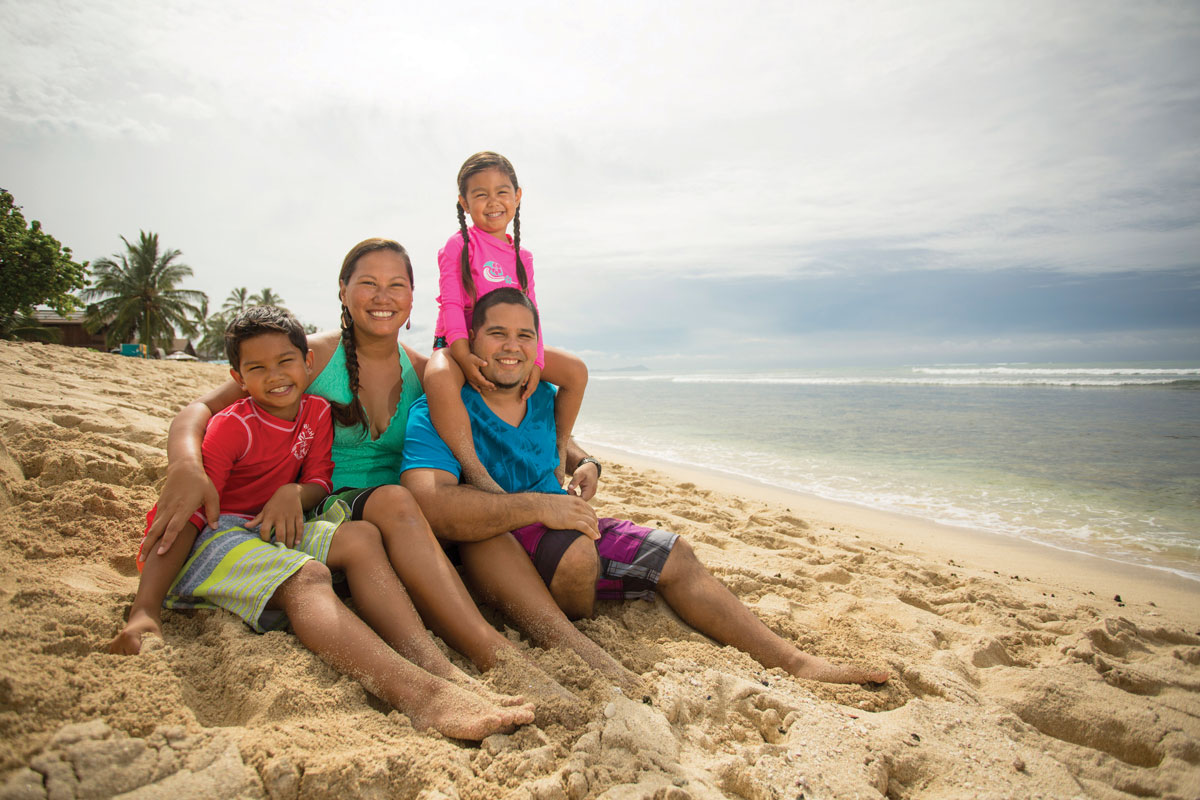
2017
More than a quarter of a million people in Hawaii choose Kaiser Permanente for integrated care, affordable coverage, and medical excellence.

